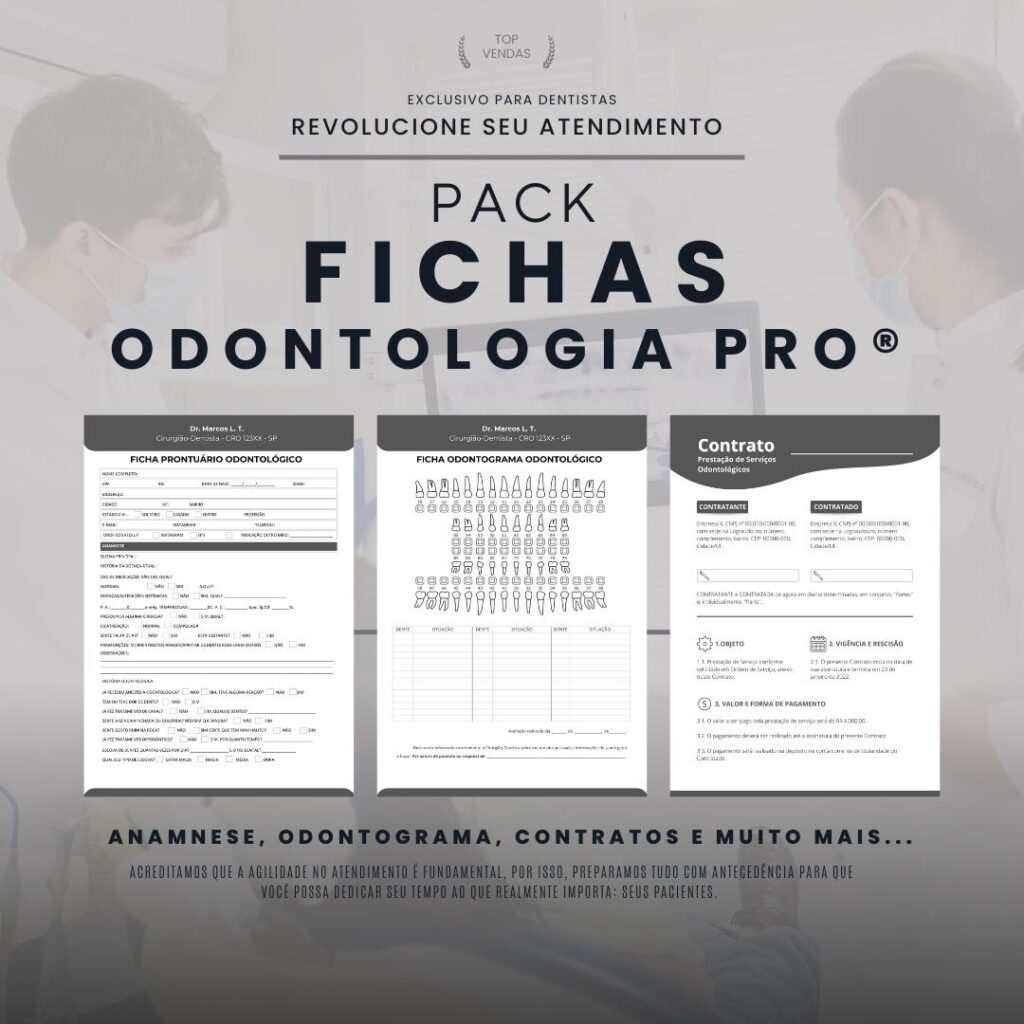What is: Digital Balance Occlusion
Digital balance occlusion is a term used in dentistry to describe a misalignment in the bite that occurs due to an imbalance in the distribution of force exerted by the teeth during chewing. This condition can lead to a number of problems, such as headaches, jaw pain, excessive tooth wear and even posture problems.
Causes of Digital Balance Occlusion
Digital balance occlusion can be caused by a number of factors, including:
1. Dental malocclusion: When the upper and lower teeth do not fit together properly, an imbalance in the bite can occur, leading to a digital balance occlusion.
2. Bruxism: Bruxism, which is the habit of grinding or clenching your teeth, can cause excessive wear on your teeth and lead to a digital balance occlusion.
3. Trauma: Trauma to the jaw or temporomandibular joint (TMJ) region can cause changes in occlusion and result in digital balance occlusion.
4. Ill-fitting dental prostheses: Dentures that do not fit properly in the mouth can cause an imbalance in the bite and lead to digital balance occlusion.
Symptoms of Digital Balance Occlusion
Symptoms of digital balance occlusion can vary from person to person, but some of the most common include:
1. Headache: Frequent headaches can be a sign of digital balance occlusion, especially if they are associated with jaw pain.
2. Jaw pain: Pain in the jaw when chewing or opening the mouth may indicate an imbalance in the bite.
3. Excessive tooth wear: Excessive tooth wear can be caused by uneven distribution of force during chewing, which is characteristic of digital balance occlusion.
4. Posture problems: Digital balance occlusion can affect posture, causing back and neck pain.
Diagnosis of Digital Balance Occlusion
The diagnosis of digital balance occlusion is made by a dentist specialized in occlusion. During the consultation, the dentist will perform a detailed clinical examination, evaluating the bite, the position of the teeth and the temporomandibular joint. In addition, additional tests, such as x-rays and plaster models of the teeth, may be requested to aid in the diagnosis.
Treatment of Digital Balance Occlusion
Treatment for digital balance occlusion can vary depending on the severity of the case and the underlying causes. Some of the most common treatments include:
1. Occlusal adjustment: Occlusal adjustment consists of making small changes to the bite, through selective wear on the teeth, in order to reestablish a balance in the distribution of force during chewing.
2. Use of occlusal splints: Occlusal splints are removable devices that are placed over the teeth to help relieve pressure on the temporomandibular joint and improve occlusion.
3. Oral rehabilitation: In more severe cases, it may be necessary to carry out complete oral rehabilitation, which involves reconstructing the teeth and correcting the occlusion using dental prostheses.
Prevention of Digital Balance Occlusion
Although it is not always possible to prevent digital balance occlusion, some measures can help reduce the risk, such as:
1. Maintain good oral hygiene: Brushing your teeth at least twice a day and flossing regularly can help prevent dental problems that can lead to a digital balance occlusion.
2. Avoid harmful habits: Avoiding bruxism, excessive use of poorly fitted dentures and trauma to the jaw region can help prevent digital balance occlusion.
3. See a dentist regularly: Having regular check-ups with a dentist can help identify bite problems early and take preventative measures.
Conclusion
Digital balance occlusion is a condition that can cause discomfort and oral health problems. It is important to seek proper diagnosis and treatment from a dentist who specializes in occlusion to avoid future complications. By following preventative measures and maintaining good oral health, it is possible to reduce the risk of digital balance occlusion.


